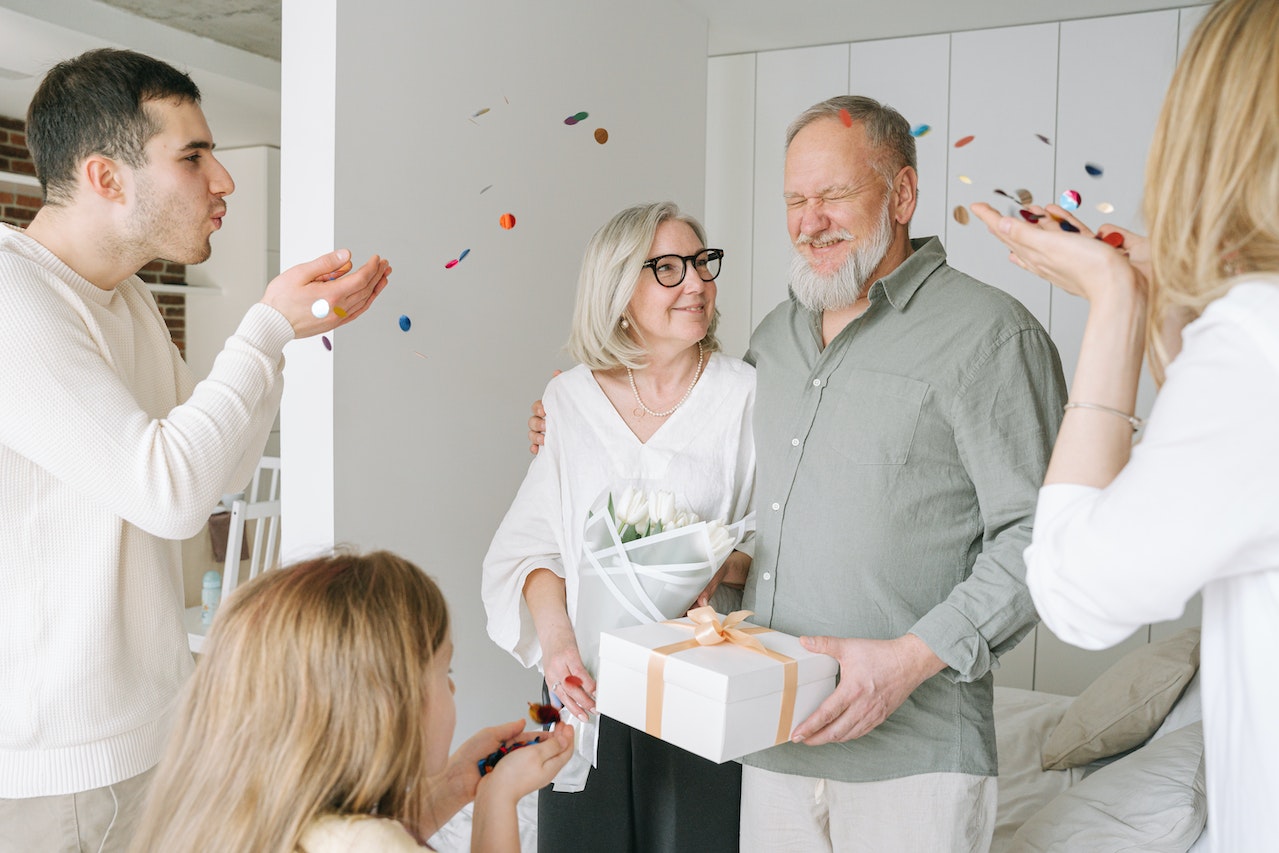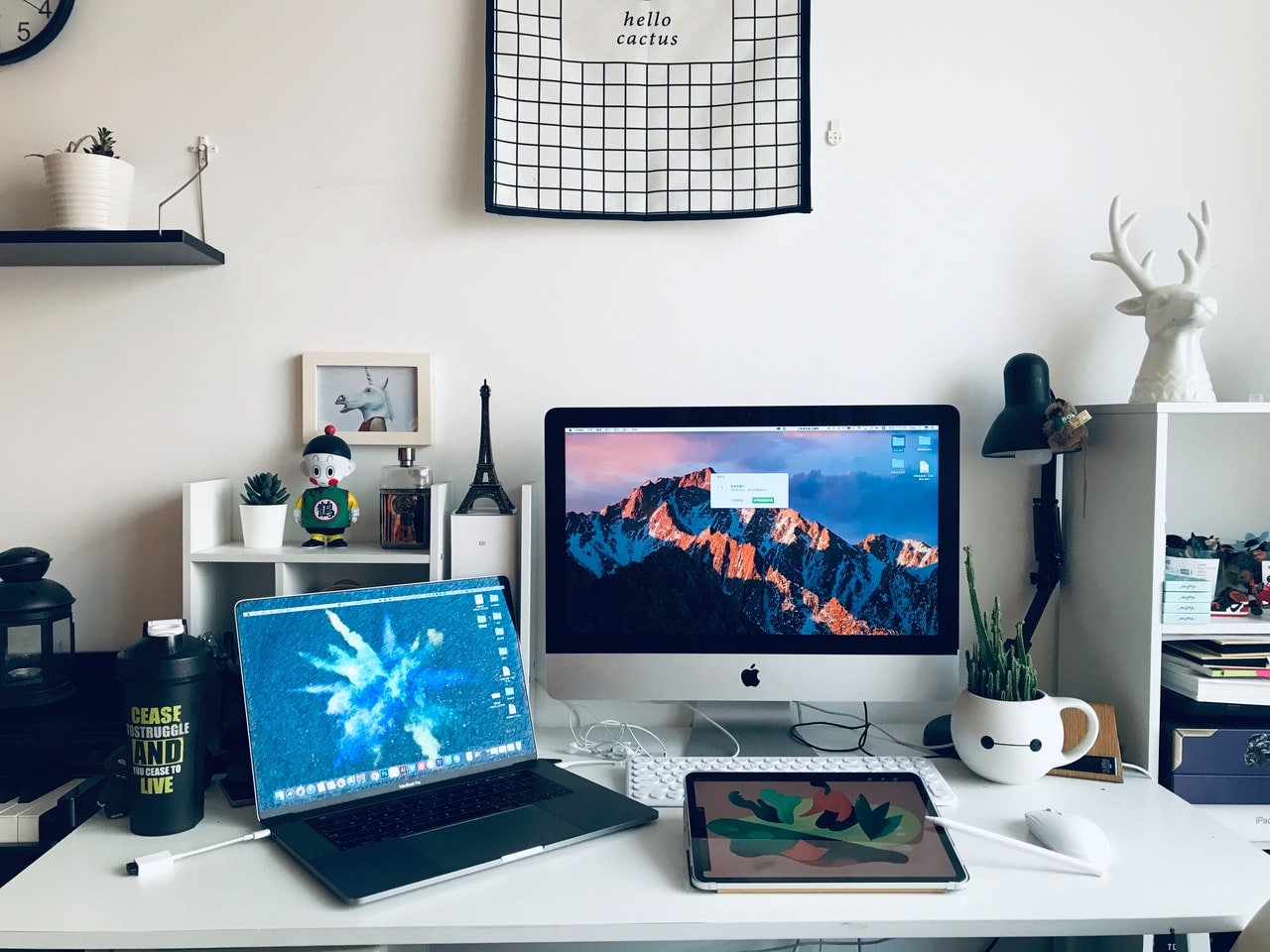- Master the baby’s urination and defecation signals
Learning to recognize when the baby is about to defecate is like learning to recognize when the baby is crying when hungry. Careful mothers should constantly observe, learn, record, and summarize, and they will definitely find the unique signals sent by the baby when urinating and defecating. Generally speaking, there are many signals that indicate that the baby is defecating, such as humming, swinging left and right, trembling, frowning, crying, irritability, deflation, and not concentrating on feeding.
- Help the baby establish conditioned reflexes
From birth to five or six months, the baby has a sensitive period for learning the defecation function. At this stage, if adults respond to the baby’s defecation requirements in time, they can help the baby slowly establish conditioned reflexes. In the future, as long as the baby is held in a defecation posture and cooperates with the induction sounds of “shush” and “umm”, the baby will defecate. However, even so, the chance of successful training is not high. In this regard, mothers do not need to be anxious, let alone force the baby. They should understand that the purpose of training at this stage is not success, but to help the baby form conditioned reflexes.
- Don’t miss the timely training
Babies can start toilet training 1 to 2 months after birth. During this period, babies urinate frequently and at short intervals every day, and the specific number of times varies from person to person. Generally, babies will feel the most urge to urinate about 15 minutes after waking up, feeding or drinking water. After two consecutive times, the interval will be longer. After understanding these rules, mothers can consciously hold the baby to urinate. Do this for 15 to 30 consecutive days to develop a habit. Be careful not to change the training time at will. It is also best to place the potty for holding the baby to urinate in a fixed position, which is conducive to the formation of conditioned reflexes.
- Preparation of training items
Potty: Choose an ideal potty that is safe, comfortable, easy to clean, with a wide bottom and moderate height. Generally, plastic products are fine. The style should not be too fancy, otherwise the baby will be distracted and only look at the colors and patterns, which is not conducive to the smooth training of toilets.
Clothes: Choose cotton, loose, absorbent and easy-to-clean pants. This type of pants can make the baby clearly feel the discomfort after getting dirty, and is relatively easy to clean, which helps the baby cooperate with bowel training faster and better.




